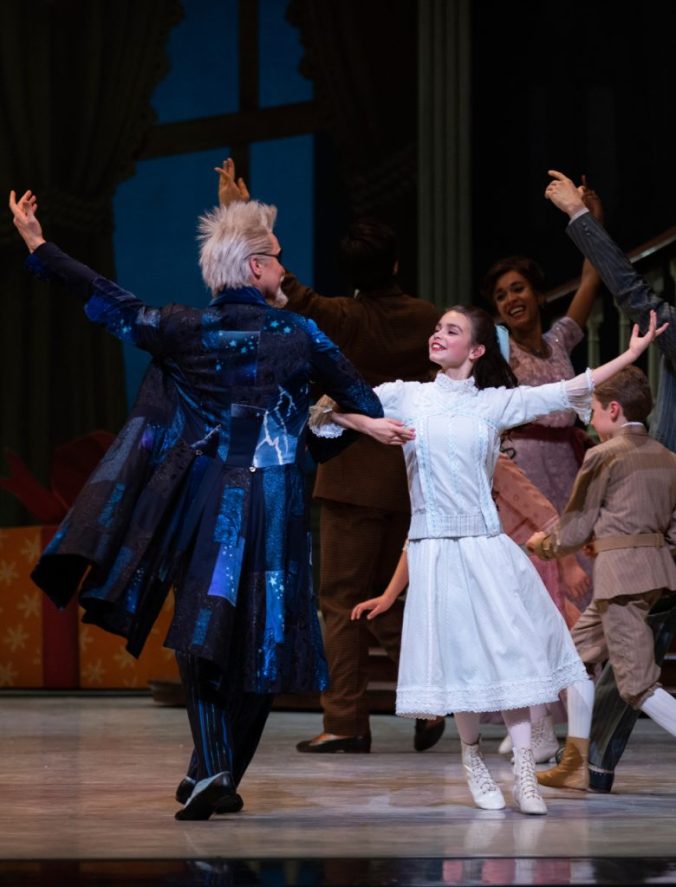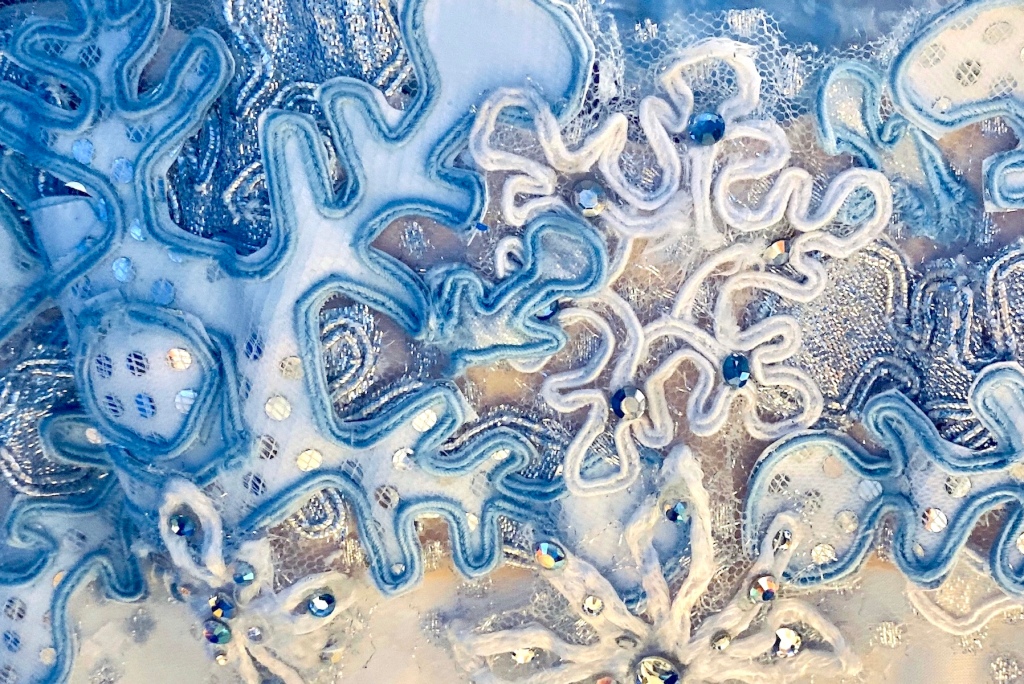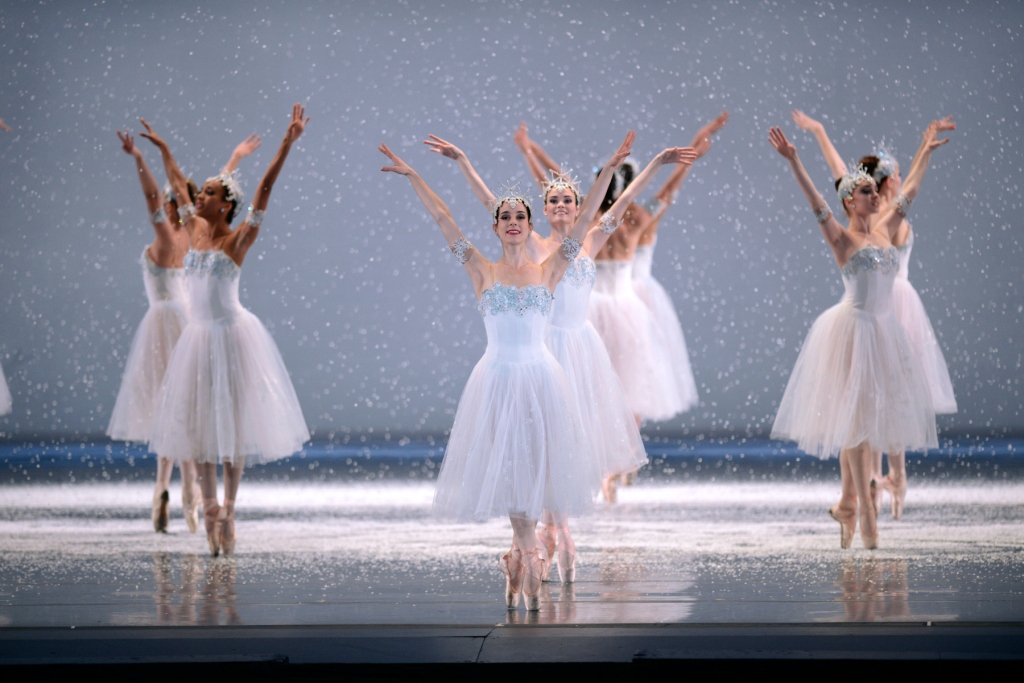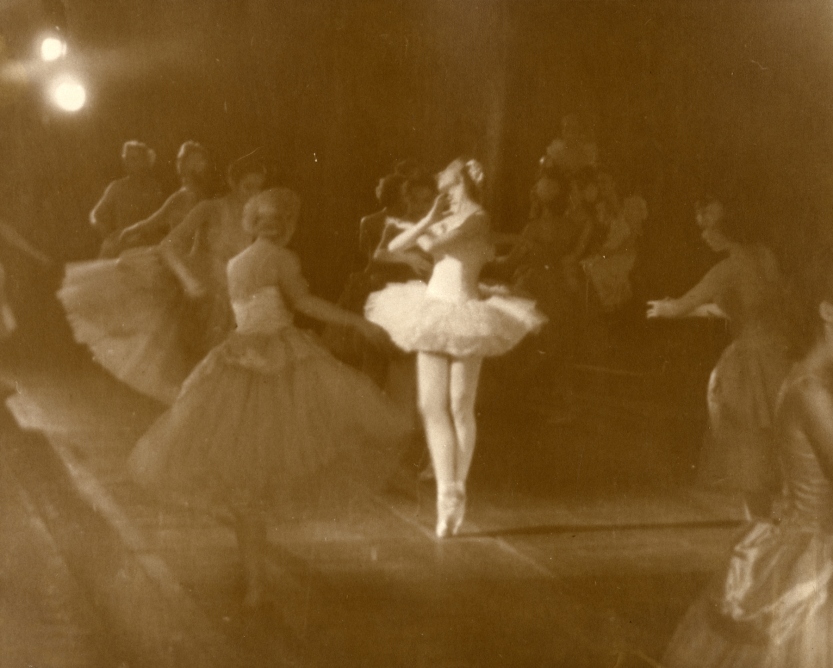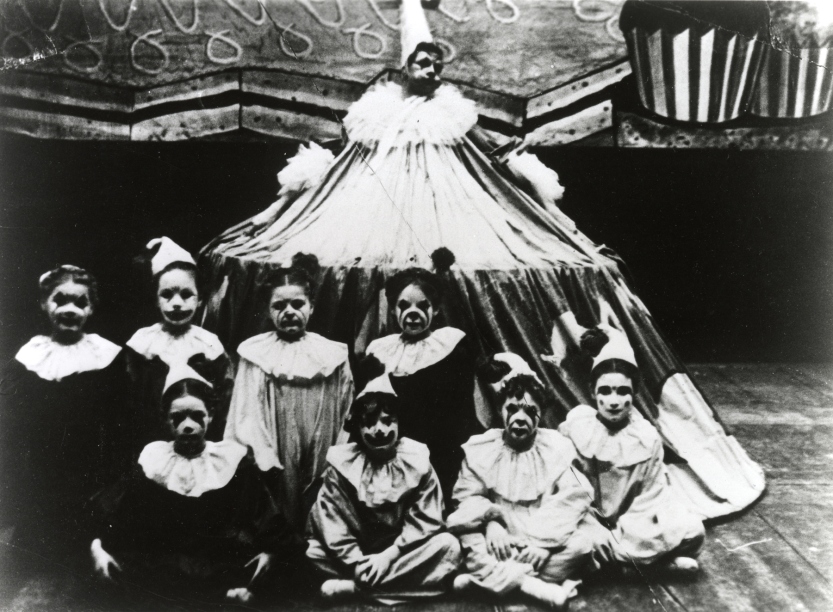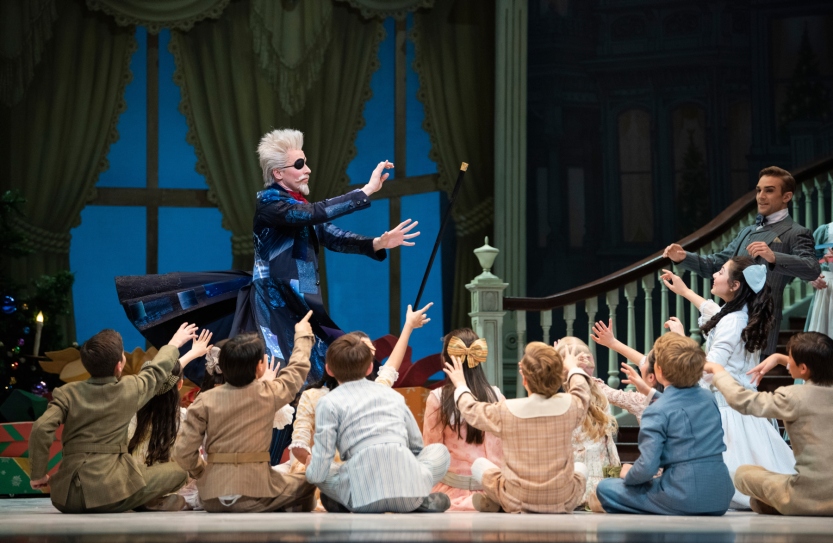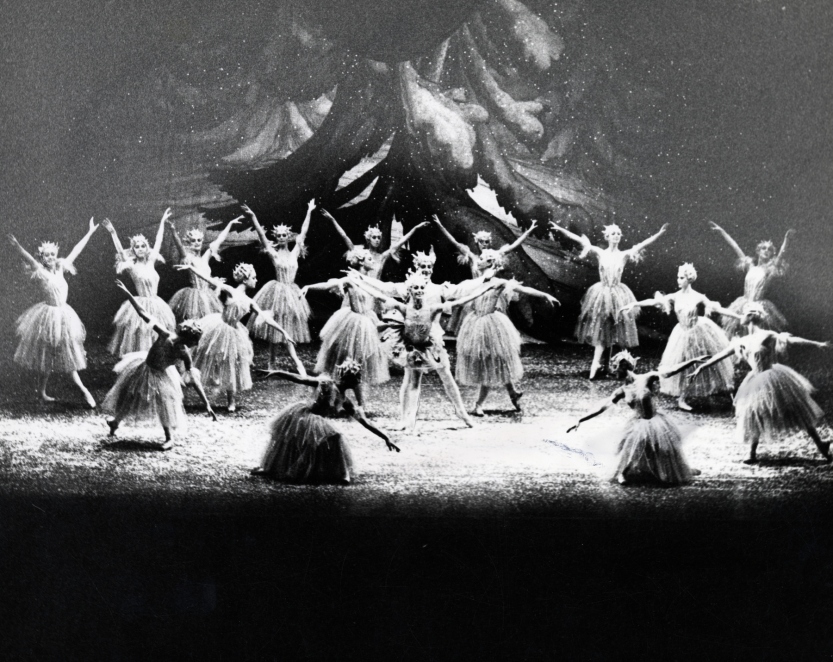She’s got a pesky younger brother, she’s brave in a battle, and she’s awe-struck by the Sugarplum Fairy. And yet beyond these universal characteristics, the character of Clara has changed and evolved several times over the 75 years since San Francisco Ballet performed America’s first complete Nutcracker in 1944.
The first Clara in Willam Christensen’s 1944 production of Nutcracker was Lois Treadwell, an adult who was a soloist with San Francisco Ballet. She danced on pointe as Clara and performed in the Mirliton variation in Act 2.

(© Courtesy of MPDSF)
Lew Christensen’s Nutcracker premiered in 1954. In this version, Clara was danced by a child. The opening night Clara in the new production was Suki Schorer, who went on to have a long career at New York City Ballet. She has been an esteemed member of the faculty of School of American Ballet for more than 50 years.

Lew Christensen created a third Nutcracker in 1967. In 1985, student Angela Clark was the first African-American Clara at San Francisco Ballet. “At first, I was a little frightened because I didn’t know how people would accept it,” the then 15-year-old told the San Francisco Chronicle. “I was afraid there would be a lot of talk. But now I’m used to the role and find it a worthwhile experience. It’s a great feeling to know you are the first. You feel you have to do your best.”

San Francisco Ballet’s next new Nutcracker production premiered in 1986. Kate Lydon, one of the Claras from this production, went on to dance with SF Ballet and American Ballet Theatre, and to direct the ABT Studio Company.

Helgi Tomasson premiered a fifth Nutcracker in 2004. At the current time, there are two former Claras who are dancers with San Francisco Ballet: Soloist Elizabeth Powell and Corps de Ballet member Natasha Sheehan.


Previous
Next
Purchase Nutcracker tickets
Header image: SF Ballet in Tomasson’s Nutcracker // © Erik Tomasson

